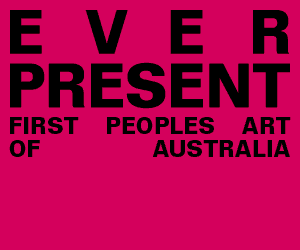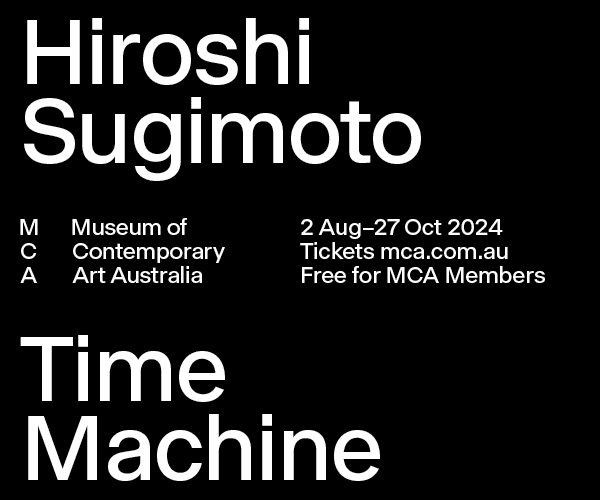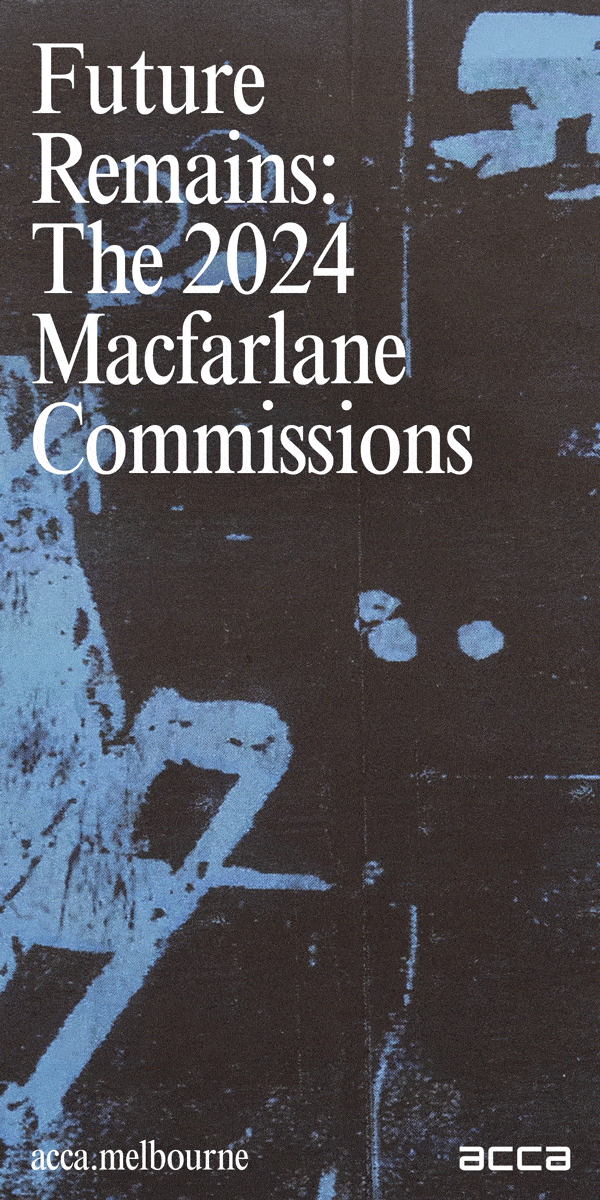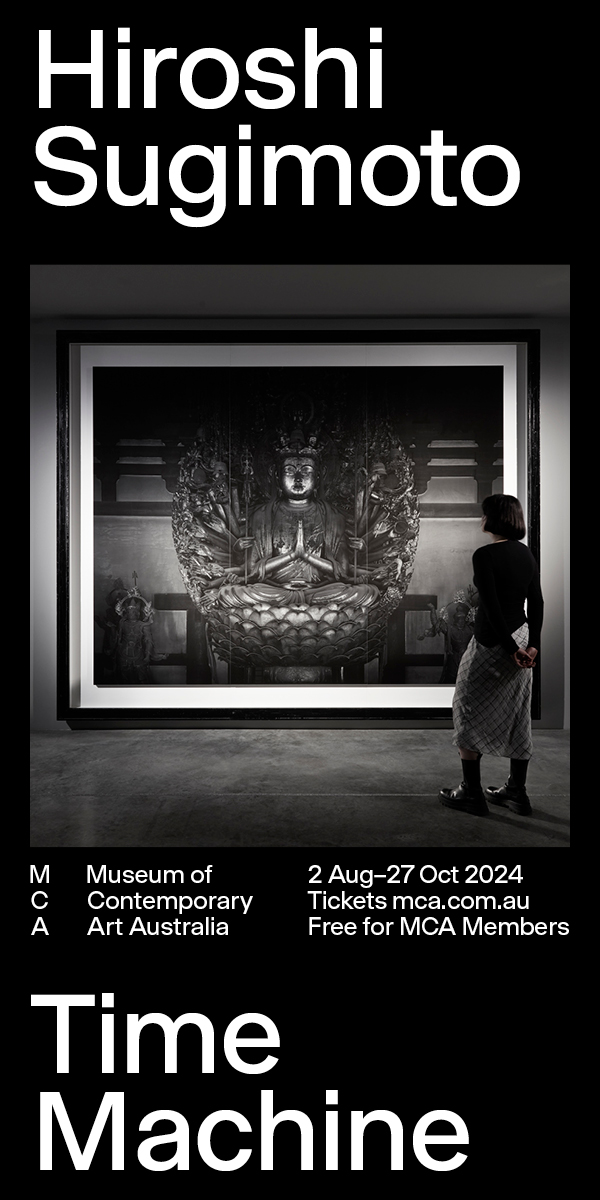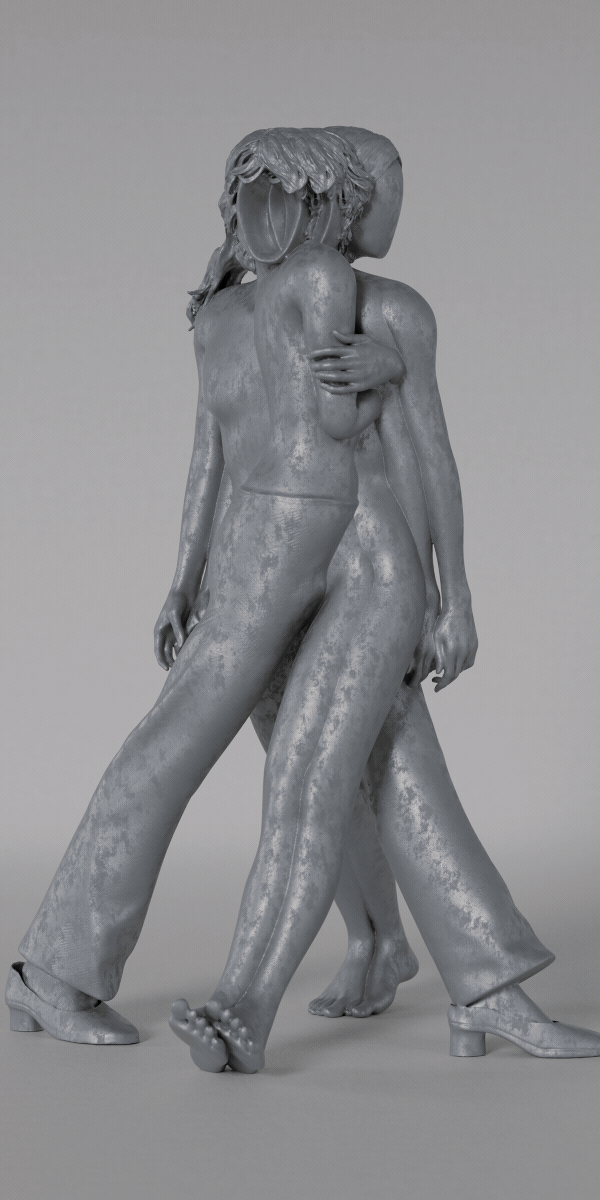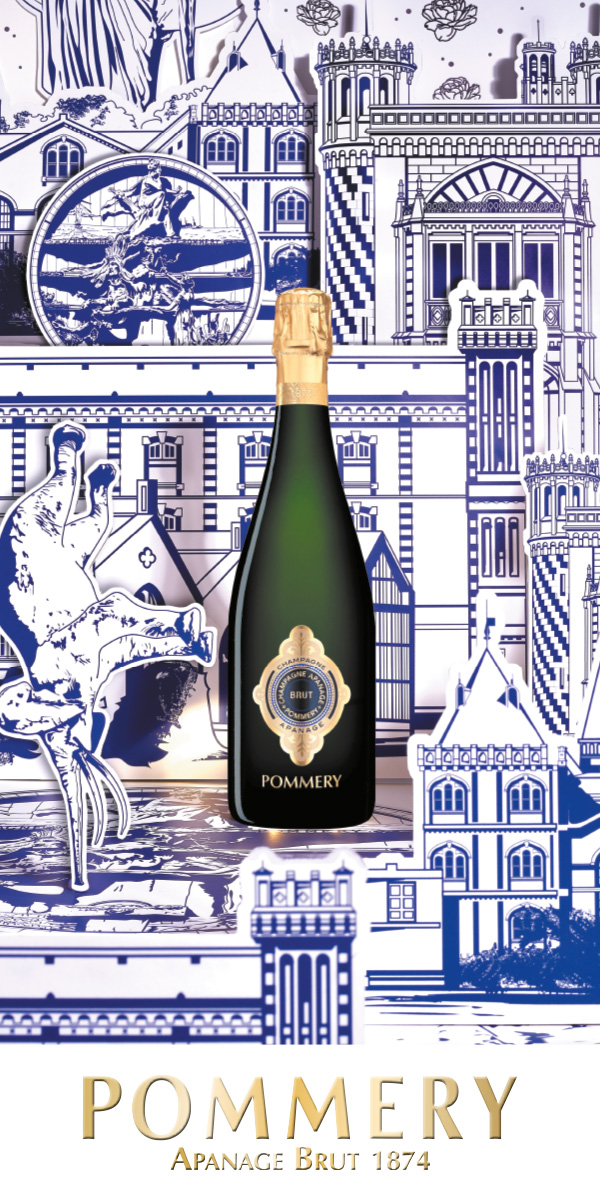MUSUBI Artist Interview Series: Tabaimo
In celebration of the 50th anniversary of Cartier’s presence in Japan, the Tokyo National Museum, in collaboration with Cartier, is presenting Half-Century of Cartier in Japan and Beyond: an Everlasting Dialogue of Beauty and Art (MUSUBI in Japanese) at the Hyokeikan. Against scenography by Studio Adrien Gardère celebrating Japanese heritage architecture and design, the right wing explores Maison Cartier’s dialogue with Japanese culture through the curation of around two hundred pieces from the Cartier Collection (the Maison’s heritage collection), private collections and the Cartier Archives, and the left wing considers Fondation Cartier’s work introducing many Japanese artists to the European public. VAULT went to Tokyo and spoke to some of the artists involved about the occasion's significance.
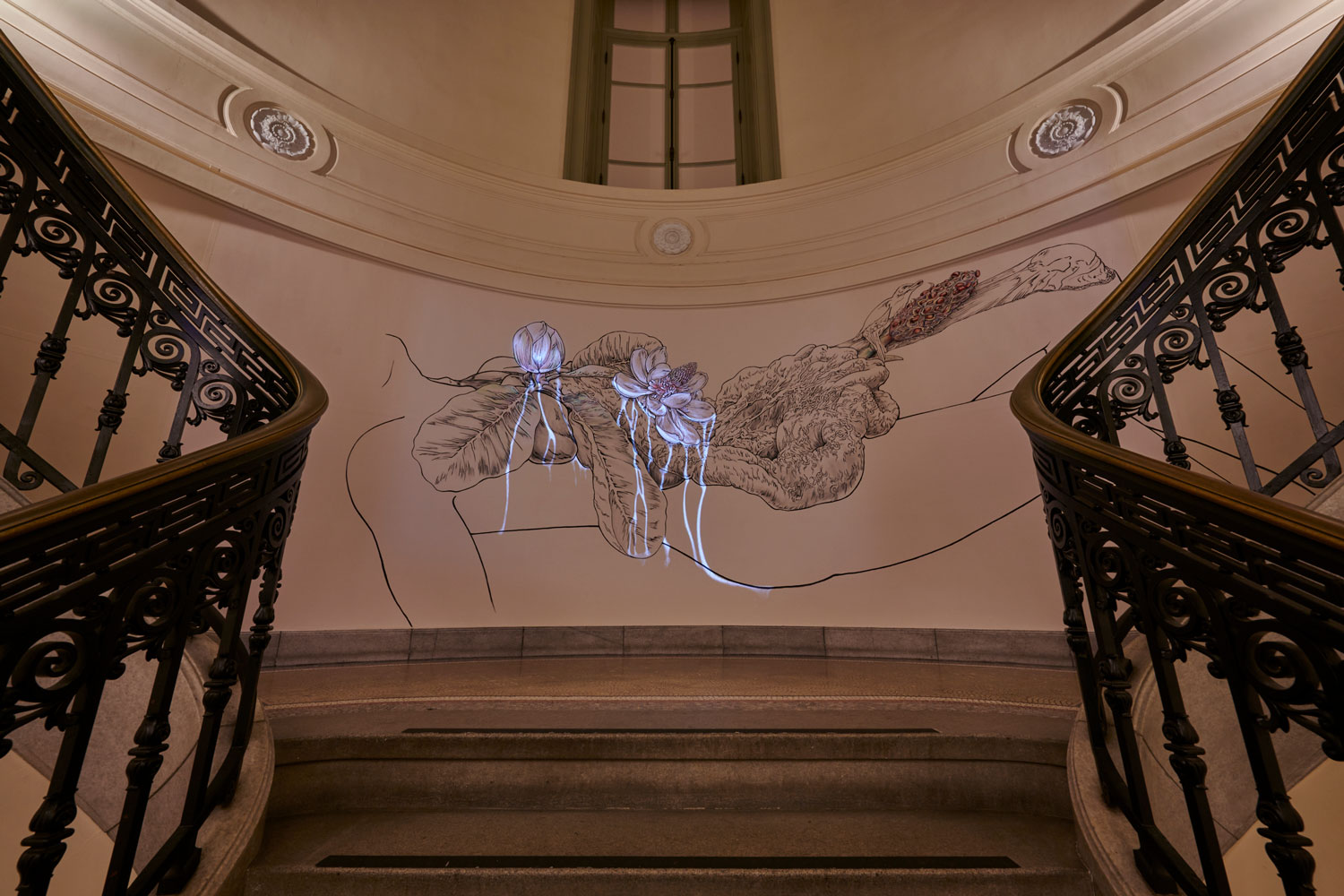
Grace Sandles:
It's so wonderful to meet you, Tabaimo. I saw your work at the MCA in Sydney a few years back, and it's quite exciting to get to meet you and talk to you now.
Your line work and your style recall Edo period ukiyo-e woodblock prints. What do you consider your inspirations for art making?
Tabaimo:
I don’t actually look for any source of influence or inspiration.
But ukiyo-e uses different colours, different hues, materials, textures... And those are the elements and compositions of ukiyo-e that are very appealing to me, and I’ve picked those things up to create my work.
So, rather than saying that ukiyo-e is a source of inspiration, I would say that ukiyo-e artwork is a supporter of mine, an advocate of mine that supports me in creating my own work.
GS:
You have a very interesting practice, starting works by hand drawing and then digitally manipulating them. Can you walk us through your typical creative process, from the initial concept to the finished piece? How do you know when a work is complete?
T:
In my case, rather than having something that I want to create, I prefer an institution to offer me the task of creating something for them. I then start with their location to create the new piece. I attempt to recreate that space by observing, looking at that environment, that point in time, in that space, and then I go home and think about it and work out what kind of piece I want to be creating. So, my process takes quite a bit of time before I actually start the work.
GS:
The themes you explore in your work - isolation, contagion, dread, horror, instability - trend towards a darker worldview. With that in mind, what do you hope your work communicates?
T:
My work is based on my personal preference. Yes, my creations are depicting the darker part of the world. That is just what my taste is. Of course, I also look forward to seeing how the audience will feel when they see my completed work, but there is no message whatsoever that I want to be conveying to the viewers of my artwork. I’m more so looking forward to feeling certain things myself once the piece of work is completed.
Viewers have their own personal perspectives about the piece of work that they see in front of them. It’s interesting to see how or whether the viewer can relate to the work that I have created. While it's no specific message, the substance of the piece is very much a personal dialogue between the viewer or myself and the piece of work.
GS:
What is it like for a contemporary Japanese artist to be working and involved with a French institution like Cartier, which is known for its luxury and heritage? How significant is that to you?
T:
I have worked with various brands and foundations before. What makes Fondation Cartier unique is that it challenges and it takes meaningful risks. In my case, I have not had a very long career in this world of art. My level of fame is limited. Yet, Cartier invited me to take part in their exhibition. They see something in me and they support my career even though it’s not necessarily in their interest like simply amplifying big artists that they know will draw crowds.
Cartier is certainly a very well-known, well-established, luxurious brand. To engage in new novel endeavours of this sort may not be easy with such a long tradition behind them. Yet, they come to people like me to work with an artist that is not well-recognised in this world. For me, that is something like betting because they don't know if they will succeed.
They embody the spirit of wanting to challenge themselves by engaging with artists to create something new. I'm very grateful for that.
GS:
Can you tell me a bit about your work in the exhibition?
T:
There are two pieces that I've exhibited. They are very different from each other. The first one is a ghost house created in 2003. It depicts the disharmony of a townscape; the story is filled with anxiety.
The other one uses the same projectors but has no storyline behind it. It is just a certain situation that I am bringing to light through the beams of the projector for the viewer to experience.
Prior to installing the works, I went to the venue, Hyokeikan [at the Tokyo National Museum], and considered how and in what ambience I should be displaying my works within the context of the wider exhibition. I wanted them to become integral to the beautiful architecture of the building.
They ended up being exhibited on either side of a stairwell. I am very happy with it.
GS:
It does look amazing. This exhibition is called Musubi or An Everlasting Dialogue of Beauty and Art. What does that mean to you?
T:
I've been extremely fortunate to be able to come to know and have a relationship with the Fondation Cartier over time. I think it's wonderful, and maybe you can call this relationship itself a work of art in a sense. It seems surreal to me. I wish for it to continue and be further fostered into the future as well; I will do anything I can to do that.





